Prof. Richard Haynes, The University of Queensland, Australia (H-index:85)
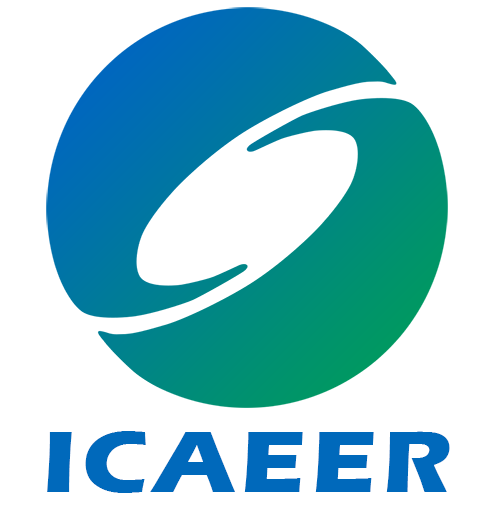
Speakers of 2025
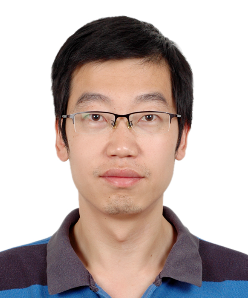
Prof. Xiaowei Liu, Huazhong University of Science & Technology, China
刘小伟 教授,华中科技大学(长江学者、优青)
Liu Xiaowei, Ph.D., Professor of Huazhong University of science and technology. His research include formation, remove and online measurement of pollutant from coal combustion, efficient and clean combustion of hydrogen/ammonia and other low-carbon fuels. He has won the distinguished professor of Changjiang Scholars, Outstanding Youth Science Foundation, and National Program of Outstanding Young Talents. The applicant has been supported by the Key Program of the NSFC and the National Key Research and Development Program of China. He had published 81 SCI papers as the first/corresponding author and had cited more than 2000 times, and authorized more than 20 invention patents. He has served as the director of China Society of power engineering, the director of China Society of Engineering Thermophysics, the co-chair of international conferences, and the chief expert of large company. He has won the first prize of Science and Technology Progress Award of Hubei Provincial (Rank first), the second prize of National Natural Science Award, and the first prize of Natural Science Award of Hubei Provincial.
Title: Research and Engineering Practice of Ammonia Combustion in Coal-fired Power Plants
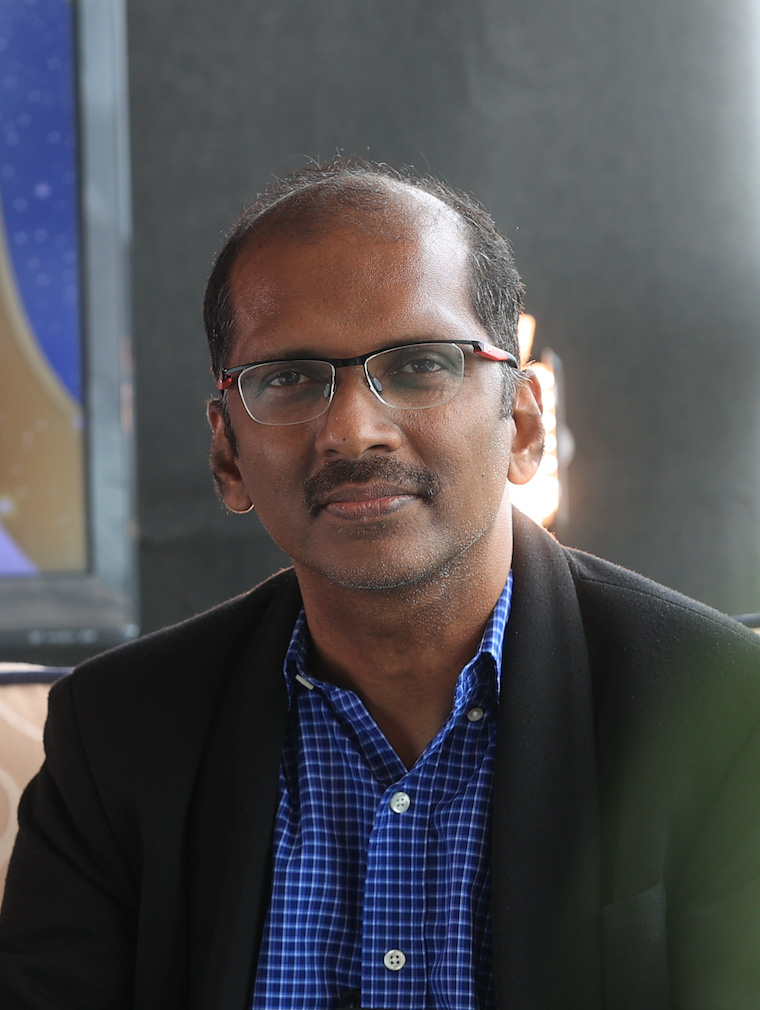
Prof. Ramesh T Subramaniam, Universiti Malaya, Malaysia
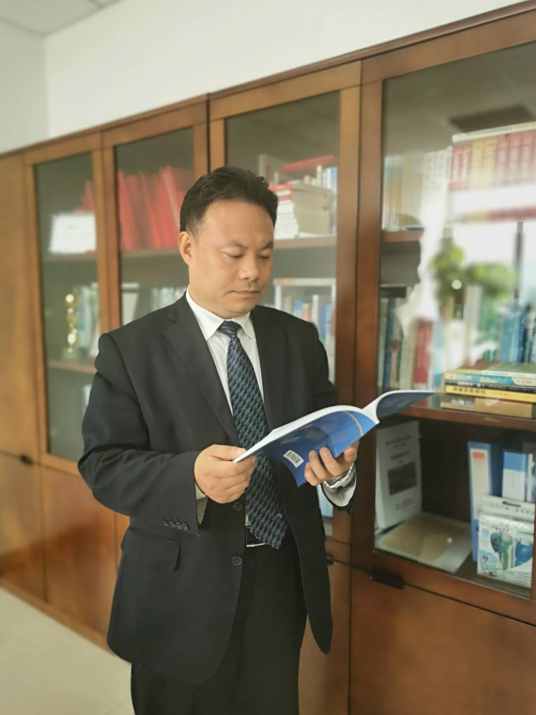
Prof. Sheng Wang, China Energy Science and Technology Research Institute, China
王圣,国家能源集团科学技术研究院(国家能源集团首席专家)
Wang Sheng, Ph.D., doctoral dupervisor, professor-level senior engineer. Currently serves as Chief Expert of China Energy Investment Corporation Co., Ltd. and Chief Scientist of the China Energy Science and Technology Research Institute. Member of the Academic Committee of the National Key Laboratory of Environmental Protection Atmospheric Physical Simulation and Pollution Control, Secretary-General of the Power Environmental Protection Professional Committee of the Chinese Society for Electrical Engineering, and member of the Expert Advisory Committee of the Jiangsu Provincial Energy Industry Association, among other positions.
He has long been dedicated to scientific research in the fields of energy, electric power, and environmental protection.
He has been honored with numerous awards, including being named "Science Chinese Person of the Year 2018," receiving the 2021 China Electric Power Science and Technology Personality Award, the 2019 China Industry-University-Research Collaboration Innovation Award, and being recognized as an Academic Leader in the Jiangsu Provincial "333 High-Level Talent Training Project" (with outstanding performance evaluation), a Mid-Career Academic and Technical Leader in Jiangsu Province (with outstanding performance evaluation), and an Industrial Professor in Jiangsu Province (with outstanding performance evaluation).
Currently, he serves as a strategic expert for the Chinese Academy of Engineering and an expert for the Academic Divisions of the Chinese Academy of Sciences. He is also a project review expert for the China Association for Science and Technology, the Ministry of Science and Technology, the Ministry of Ecology and Environment, and the Ministry of Industry and Information Technology. Additionally, he is included in the expert databases of the Jiangsu Provincial Development and Reform Commission, Department of Science and Technology, Department of Industry and Information Technology, and Department of Ecology and Environment, among others.
His research achievements have been recognized with 5 first-class, 8 second-class, and 13 third-class provincial/ministerial-level Science and Technology Progress Awards. He holds 52 authorized patents, including 2 international patents and 16 invention patents. He has participated in the drafting of 12 national and industry standards and has published 328 papers in prominent domestic and international journals, along with 14 books.
Title: Analysis and Reflections on Some Issues in China's Energy and Environmental Protection Related Fields

Prof. Saad Mekhilef, Swinburne University of Technology, Australia/Universiti Malaya (UM), Malaysia
Profile:Prof. Dr. Saad Mekhilef is an IEEE and IET Fellow. He is a Distinguished Professor at the School of Science, Computing and Engineering Technologies, Swinburne University of Technology, Melbourne, Australia, an Honorary Professor at the Department of Electrical Engineering, University of Malaya, and a distinguished visiting professor at the Institute of Sustainable Energy, Universiti Tenaga Nasional, Malaysia. He authored and co-authored more than 800 publications in academic journals and proceedings, five books with more than 60,000 citations, an H-index of 113, and more than 85 Ph.D. students who graduated under his supervision. He serves as an editorial board member for many top journals, such as IEEE Transactions on Power Electronics, IEEE Open Journal of Industrial Electronics, IET Renewable Power Generation, E-Prime, Journal of Power Electronics, and International Journal of Circuit Theory and Applications.
Prof. Mekhilef has been listed by Thomson Reuters (Clarivate Analytics) as one of the world's Highly Cited (World's Top 1%) engineering researchers. He is also listed in the world's top 2 % of scientists by Stanford University, USA. He is actively involved in industrial consultancy for major corporations in Power Electronics and Renewable Energy projects. His research interests include Power Conversion Techniques, Control of Power Converters, Maximum Power Point Tracking (MPPT), Renewable Energy, and Energy Efficiency.

Professor Haynes works in the areas of soil and environmental science. His present research interests are on rehabilitation and revegetation of mine tailings, the use of constructed wetlands to treat drainage from tailings storage areas and the role of silicon in crop production. He has extensive experience having worked as both an applied research scientist and as a university professor and has worked in New Zealand, South Africa and Australia. He has published over 190 original research papers in international journals, over 25 review papers in international volumes as well as many conference and extension papers and contract reports. He has been an invited keynote speaker at many international conferences and has served on the editorial board of 4 international research journals. He has acted as principal supervisor and co-supervisor of PhD, MSc and honours students in both South Africa and Australia.
Professor Haynes has carried out research in commercial horticultural, pastoral, arable and forestry production as well as in small-holder semi subsistence agriculture. He has also worked on bioremediation of soils contaminated with organic pollutants, rehabilitation of mined sites, application of organic and inorganic wastes to soils and the effects of heavy metal contaminants on soil processes. His research has been mainly in the areas of applied soil chemistry and soil microbiology/biology with links to soil physical properties and to pollution of air and water. He has specialised in working on applied problems and maintains strong links with industry. Major areas of research have included the role of grazing animals in the fertility of pastoral soils, N cycling and gaseous and leaching losses from arable and pastoral systems, soil quality and soil degradation under agricultural land use, effects of soil contaminants on soil processes, rehabilitation and remediation of contaminated, degraded and mined sites and use of wastes as soil amendments.
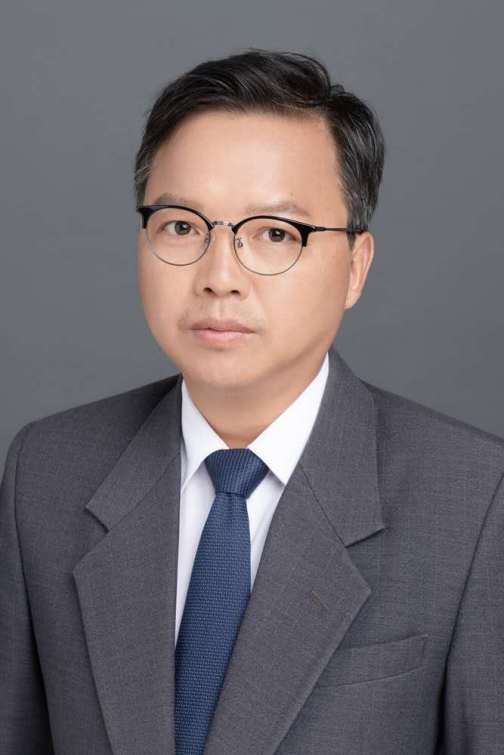
Prof. Jiang Wu, Shanghai University of Electric Power, China
吴 江,教授,上海电力大学(国务院政府特殊津贴专家、全球前2%顶尖科学家、全球前10万顶尖科学家)